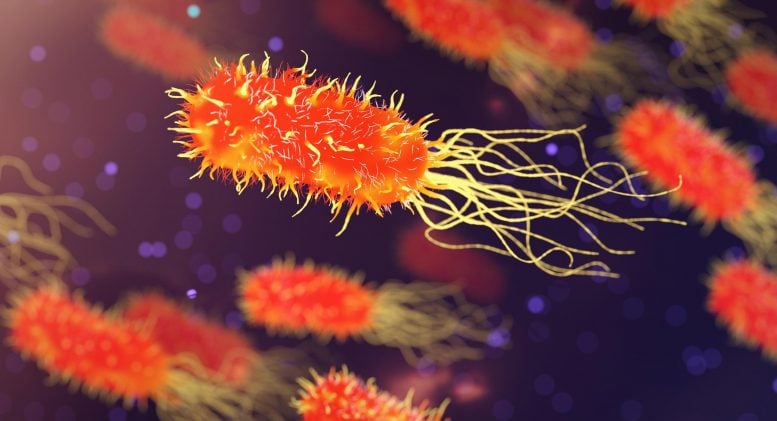
Modern farming’s heavy reliance on plastics has led to the widespread presence of micro- and nanoplastics in agricultural soils. Researchers at the University of Illinois Urbana-Champaign warn that these plastics could promote antibiotic-resistant bacteria in our food supply.
Modern farming, like all industries, has a significant dependence on plastics. Consider the plastic mulch that adorns vegetable beds, the PVC channels that manage water runoff from fields, polyethylene shields for high tunnels, and the plastic containers for seeds, fertilizers, and herbicides, among others. A recent study by researchers at the University of Illinois Urbana-Champaign highlights that these plastics are now widely dispersed in agricultural soils in the form of microplastics and nanoplastics.
That’s not necessarily new; microplastics have been found in nearly every ecosystem and organism on Earth. The twist, according to the College of Agricultural, Consumer and Environmental Sciences (ACES) researchers, is that micro- and nanoplastics in agricultural soil could contribute to antibiotic-resistant bacteria with a ready route into our food supply.
“Plastic itself may not be very toxic, but it can act as a vector for transmitting pathogenic and antimicrobial resistant bacteria into the food chain,” said study author Jayashree Nath, a postdoctoral researcher in the Department of Food Science and Human Nutrition in ACES. “This phenomenon is not very well known to people, so we wanted to raise awareness.”
If the link between microplastics and antibiotic resistance is less than obvious, here’s how it works. First, plastics are an excellent adsorbent. That means chemical substances and microscopic organisms love to stick to plastic. Chemicals that would ordinarily move through soil quickly — things like pesticides and heavy metals — instead stick around and are concentrated when they encounter plastics. Similarly, bacteria and other microorganisms that occur naturally in soil preferentially congregate on the stable surfaces of microplastics, forming what are known as biofilms.
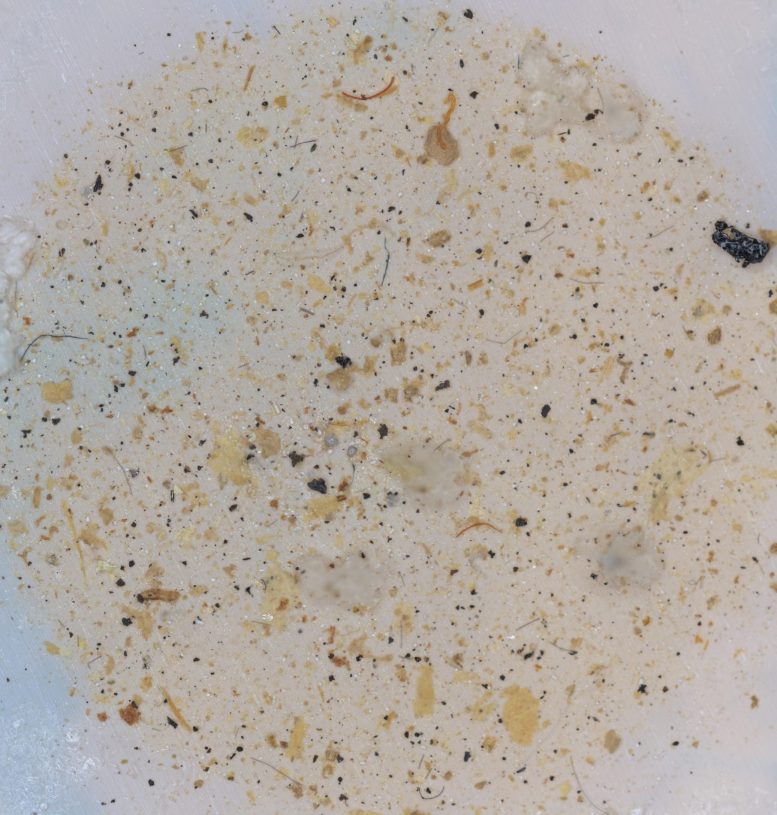
Microplastic fragments like these, isolated from farm soil in Illinois, may provide pathogenic bacteria the perfect substrate to develop antibiotic resistance and transfer related genes to neighboring bacteria. A new University of Illinois review paper calls for greater study to clarify the interaction between microplastics and microbes where our food is grown. Credit: Jayita De and Pratik Banerjee, University of Illinois
When bacteria encounter unusual chemical substances in their new home base, they activate stress response genes that incidentally help them resist other chemicals too, including, sometimes, antibiotics. When groups of bacteria attach to the same surface, they have a habit of sharing these genes through a process called horizontal gene transfer. Nanoplastics, which can enter bacterial cells, present a different kind of stress, but that stress can have the same outcome.
“Bacteria have been evolving genetic mechanisms to cope with stress for millions of years. Plastic is a new material bacteria have never seen in nature, so they are now evoking these genetic toolsets to deal with that stress,” said co-author Pratik Banerjee, associate professor in FSHN and Illinois Extension specialist. “We have also shown bacteria may become more virulent in the presence of plastics, in addition to becoming more resistant to antimicrobials.”
Gene transfer between bacteria on microplastics has been documented in other environments, particularly water. So far, the phenomenon is only hypothetical in agricultural soil, but that doesn’t mean it’s not happening. Nath and Banerjee are currently running laboratory studies to document gene transfer.
“Soil is an under-researched area in this field,” Banerjee said. “We have an obligation to understand what’s going on in soil because what we suspect and what we fear is that the situation in soil could be even worse than in water.
“One of the technical problems is that soil is a very difficult medium to handle when it comes to fishing out microplastics. Water is so easy because you can simply filter the microplastic out,” Banerjee added. “But we have made some good headway thanks to Jayashree and our collaboration with the Illinois Sustainable Technology Center.”
The authors point out that many foodborne pathogens make it onto produce from their native home in the soil, but nanoplastics and antibiotic-resistant bacteria could be small enough to enter roots and plant tissues — where they are impossible to wash away. While nanoplastics have been documented in and on crops, the field of study is still new and it’s not well known how often this occurs. Banerjee’s research group plans to tackle that question as well.
Ultimately, microplastics are here to stay. After all, they persist in the environment for centuries or longer. The authors say it’s time to understand their impacts on the soil and our food system, raise awareness, and push toward biodegradable plastic alternatives.
Reference: “Interaction of Microbes with Microplastics and Nanoplastics in the Agroecosystems—Impact on Antimicrobial Resistance” by Jayashree Nath, Jayita De, Shantanu Sur and Pratik Banerjee, 29 June 2023, Pathogens.
DOI: 10.3390/pathogens12070888
The study was funded by the National Institute of Food and Agriculture.

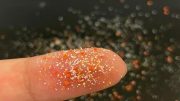


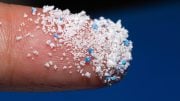

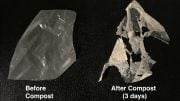

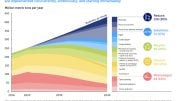
Be the first to comment on "Superbug Menace: Farming’s Hidden Plastic Crisis Threatening Our Food Supply"